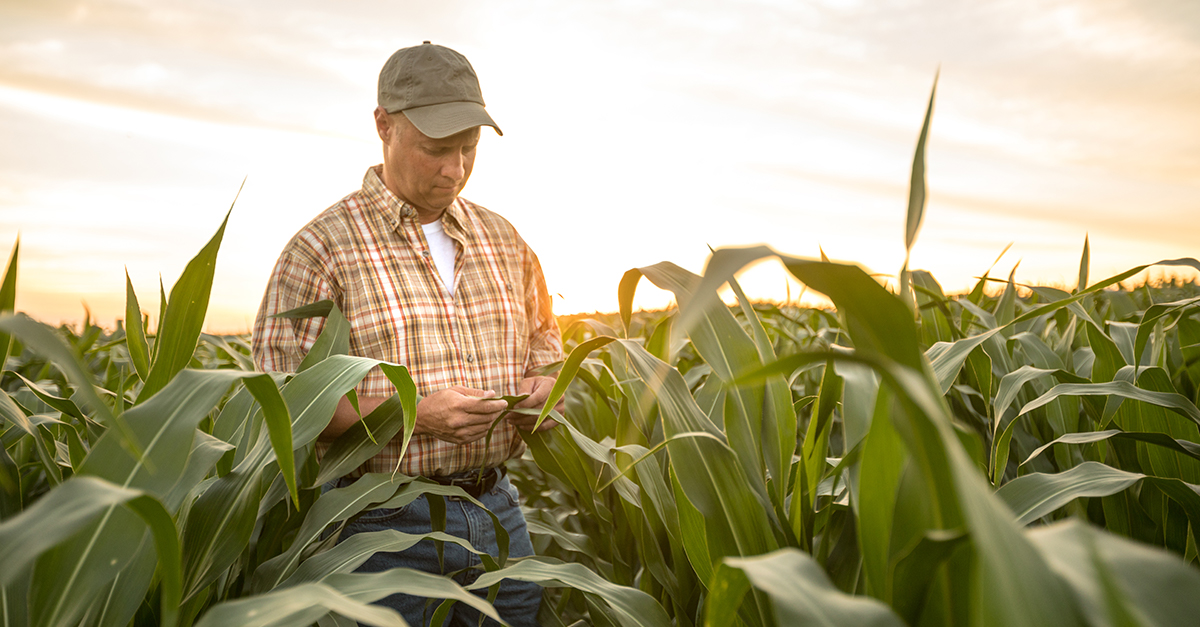New Soil Testing Kit Designed To Help Farmers In Third World Countries
Researchers at the University of Maryland and Columbia University have developed a new soil testing kit designed to help farmers in third world countries. On-the-spot soil testing could have major impact in improving crop yields due to poor soils. The kit contains battery-operated instruments and safe materials for agricultural extension agents to handle in the field. They can test for the availability of nitrogen, phosphorus, sulfur, and potassium, as well as active organic matter, and certain soil physical limitations. The raw results of the tests are sent by cell phone to a central website. Then, calculations are made and recommendations are delivered back to the extension agent.
The kit, called SoilDoc, is the culmination of several years of work in Africa by Ray Weil, PhD. Weil, a soil scientist, spent his 2009 sabbatical working with the Millennium Villages Project in the some of the poorest areas of Africa. He started carrying common soil testing items in his backpack, but found he needed more. Back in the US, he discovered items used for testing home aquariums that would also work for soil tests. Upon returning to Africa, he adapted them with good results, carrying a larger toolkit. A colleague, Pedro Sanchez, a well-known scientist fighting world hunger, suggested that Weil create a product around his homemade kit. Sanchez brought the resources of Columbia University’s Ag and Food Security Center to bear on the project.
A post-doctoral researcher at Sanchez’s Center, Lydiah Gatere, recently rolled out the SoilDoc product. She trained 16 Tanzanian and Nigerian extension personnel. The group plans to conduct more training workshops in 2014 for Tanzania, Nigeria and possibly additional countries. Their vision is to train the trainers: thousands of extension agents, many with little more than a high school education, will then be consultants. They will be ready to diagnose soil fertility problems and offer recommendations to many thousands of “smallholder farmers.” These farmers work on less than 5 acres. The ultimate goal is to significantly increase crop production and food security in Africa.





